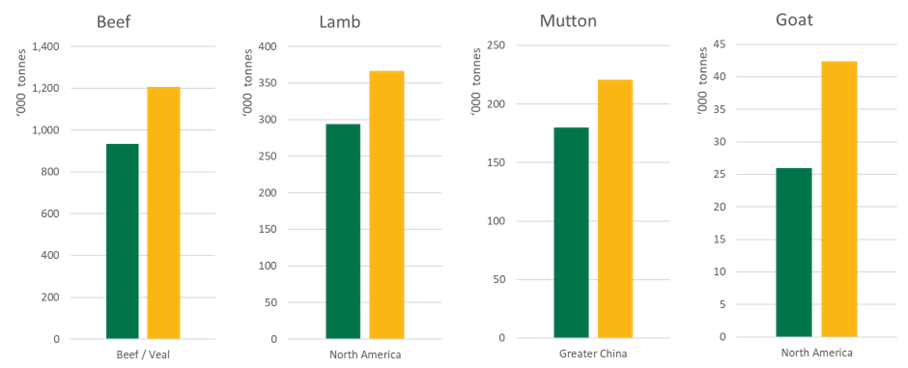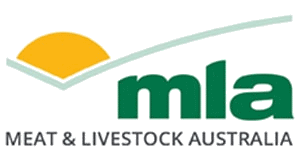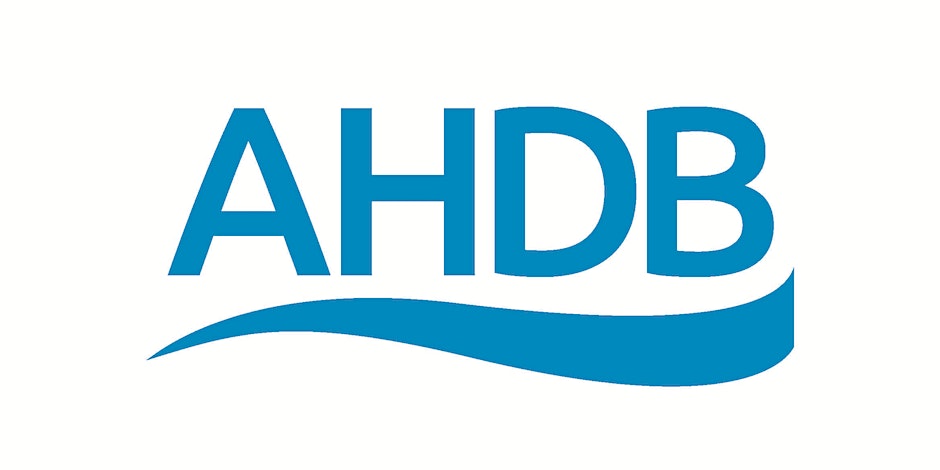Brazil Sets New Beef Export Record in First Half of 2024
Brazil has established a new record in beef exports for the first half of 2024, shipping 1.29 million tons of animal protein. This represents a 27% increase compared to the same period in 2023, when 1.019 million tons were exported. Revenue also saw a significant rise, up 17% to US$ 5.69 billion[1].
The previous record was set in 2022, with beef exports totaling US$ 6.19 billion, according to the Ministry of Development, Industry, Commerce and Services (MDIC), and compiled by the Brazilian Association of Meat Exporting Industries (Abiec)[1].
In June 2024 alone, beef exports reached 220,184 tons, generating US$ 953 million. This result, as reported by Beef Point, was slightly lower than the record shipments documented in the previous two months[1].
The top importers of Brazilian beef were:
- China: Imported 565,654 tons worth US$ 2.5 billion, reflecting a 10.2% growth in volume[1].
- United Arab Emirates: Imported nearly 95,000 tons, an increase of 238% compared to the first half of 2023, amounting to US$ 435 million[1].
- United States: Imported 85,395 tons, up 19.7%, generating US$ 515 million in revenue[1].
- Hong Kong: Imported 61,000 tons, up 10.6%, totaling US$ 196 million[1].
- Chile: Imported 48,726 tons, up 9.4%, totaling US$ 229 million[1].
Fresh beef exports, amounting to 1.13 million tons, represented 87.7% of Brazil’s total volume shipped. Most of this fresh beef was boneless, making up 88% of the total. Bone-in meat still faces limited access in some countries due to certificate requirements. The largest market for bone-in meat this year was Malaysia, with 2,168 tons, followed by Paraguay (1,542 tons), Morocco (905 tons), Angola (619 tons), and Singapore (467 tons)[1].


